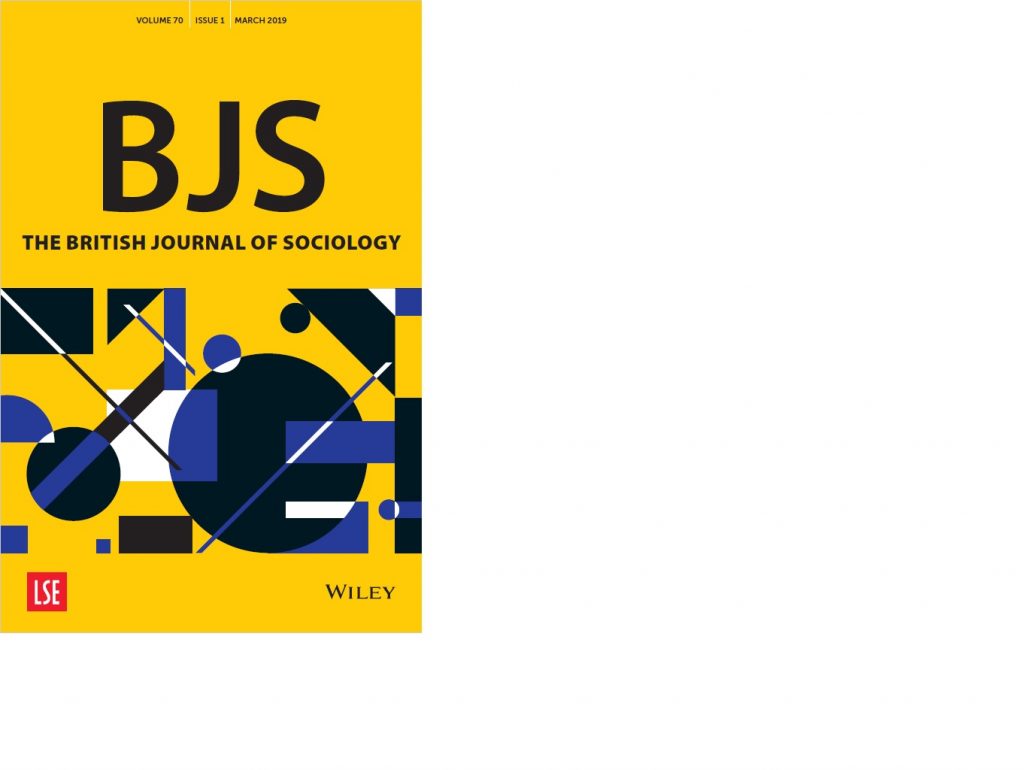College Students and Social Media: Making Meaning of Everyday Activities in the Classroom…
When Harrisburg University in Harrisburg, PA attempted a week-long social media “blackout” in September 2010, national news media swarmed the campus. A “smartly dressed correspondent from NPR stalk[ed] the staircase,” the Chronicle of Higher Education reported, and as soon as the Chronicle itself spirited away some students for an exclusive interview, a reporter from the Associated Press came barging in. “Oh no—not another one,” one student cried out. Another, weary, explained with a sigh that he had just finished begging off the BBC.
In the end, the Chronicle headlined the outage as more of a “brownout” than a “blackout,” and NPR corroborated that conclusion with sound bites from students describing increased text messaging and some tenacious hacking. Even Jimmy Fallon jumped in on the analysis in his late-night comedy show, quipping: “Check this out: A college in Pennsylvania is blocking computer access to social-networking sites for an entire week, and then requiring the students to write an essay about the experience. Yep. The essay will be called, ‘We all have smart phones, dumb-ass.’” Nevertheless, campus officials declared the experiment a success with in-house surveys revealing that 33% of the private university’s 822 students reported feeling less stressed during the week of the outage and 21% stating they’d spent more time doing homework. These were happy fringe benefits, however, as the primary objective of the project had been somewhat more metaphysical—encouraging students to “push, prod, question and generally explore social media.” Or, as one speaker invited to campus during the week of the ban put it, to encourage dialogue around the question of:
“Why are we posting on Facebook? Why are we sharing, why are we disclosing in this way and for what purpose? Many people are already in the habit of, ‘I have to go post on Facebook, I have to go see what’s happening, I have to update my status.’ Why? You don’t have to…”
Last year I asked my Introductory Sociology students to approach this discussion from a different starting point—starting with how they actually used social media—and how they were using it to make and share meaning in their daily lives. For 24-hours, students recorded their social media interactions in written logs, describing what they did (texting, updating a status, sending a message, posting a photo, commenting on a photo, “liking” a comment, replying to a comment, tweeting, re-tweeting, and so on) and the context in which the action took place (home, dorm room, living room, classroom [alas!]), and reflecting briefly on what they felt about the interaction at the time (for example: “I hate that picture of me, so I untagged it”). I compiled the logs into a “data package” that they could read and reflect on before coming together in groups to discuss what they saw as emerging themes—meanings that they seemed to share about how they and their classmates were using social media in their daily lives.
What follows—with many thanks to my students!—is one approach to that oft-repeated wail of “WHY! Why are students posting/ tweeting/ texting status updating?” But social media use doesn’t happen in a vacuum. It happens in a social context. Structures, disciplinary practices, cultural understandings, and interpersonal relationships shape interactions in any context. For these students, the classroom stood out as one particular context that created a need for social media use. In my own research, I argue that this is because power relationships shaping the classroom have informed students’ understandings of the classroom as a private place, a place where individuals need to “take in” information, but don’t necessarily get to connect to their own experiences, interests, and concerns while they are there. This social environment facilitates a sense of boredom among students.
Social media use during class was one of the most commonly observed themes from the data I collected (over 20,000 words of logs—and approximately 30 groups of students over the course of 3 semesters!). In the examples cited below, this theme is presented and described by students Christi G., Ellen N., Clare B., and Robby B. Particularly, these students point to the connection between their use of social media and boredom in the classroom.
Boredom During Class
(by Christi G., Clare B., Ellen N., and Robby B.; SOCY100 Spring 2011)
Often times, people get bored during class, but there are many different reasons for this. One of the more common reasons is because the professor lectures in a very quiet and monotone voice, which puts people to sleep. Another cause of boredom is general lack of interest in the class, such as someone taking a core elective that they aren’t actually interested in. Social media is sometimes seen as the answer to boredom in class, but could also be the problem. Social media is seen as a good answer to boredom, because it can be a small time commitment or an activity for the whole class period. People can talk with their friends rather than listening to lectures. Lectures are isolating because you sit and try to write everything down, and social media lets people connect with other people. Also, in large lecture halls, there is probably someone nearby on Facebook doing something potentially distracting. The person on Facebook is probably using it because they are bored with the class and looking for something to do. Another reason for being on Facebook during class would be that there’s some kind of very exciting event or conversation taking place that you want to take part in.
Example 1:
11:42am – Trying to focus in Econ but I can’t. Text other roommate telling her how boring econ isExample 2:
12:15pm – Hopped on Facebook because I was bored in class.Example 3:
12:00pm – I was in biology class. This class just gets boring almost every day, so I pulled out my cell phone to check if someone texted me. No text message, so I initiated a text conversation with a guy friend.Example 4:
BBMing [Blackberry Messaging] my friend “Chris” because I am bored in [the library].Example 5:
10:00 AM- playing wordmole on my blackberry during a very boring STAT [statistics] class.Example 6:
12:15 am: Hopped on Facebook because I was bored in class.12:30 am: Checked my Twitter for any mentions and @ replies from the Party tweets I put up earlier on the weekend.
12:43 am: Mentioned my roommate in a tweet that fried him up for putting up so many tweets in like 5 min. when u needs to be studying. I put it up on twitter and facebook so that everyone else would notice and fry up my roommate also.
12:45 am: My roommate replied back to be asking where am I at because Twitter can be used as a person to person communication medium.
12:48 am: I reply back with a [Tweet] “at class bored” because no one uses direct messages in college.
Example 7:
10:00 am class starts and I wish I had my laptop to keep me entertainedExample 8:
2:24 pm I hear my phone buzz but am doing a group project and don’t want to be rude so I ignore it2:40 pm class is almost over and another member of the group checked his phone so I check mine. My cousin, A, texted me about her college visit to Ohio State and how she is jealous of our warm weather since it’s not as nice there. I have another text from C saying she fell asleep outside where I left her but is feeling better
Example 9:
8:01 PM- Bored in Physics class so I end up playing games on my phoneExample 10:
1:02pm: I texted my boyfriend during class because it was extremely boring and I needed something to occupy my brain. (Don’t worry…it wasn’t SOCY!) We texted for the rest of class and I don’t remember anything from lecture.
***
In short, when students examine their uses of social media sociologically, they reflect on their own identities, the social contexts in which those identities have developed, and the interactions that take place in those contexts. Through their reflections and dialogues via social media, they construct, share, and evaluate knowledge. These processes become particularly visible via social media. But when students reflect on their lived realities in their school work, sometimes they can become visible in the classroom too.





1540-6210/asset/society_affiliation_image.gif?v=1&s=812a48e1b22880cc84f94f210b57b44da3ec16f9)